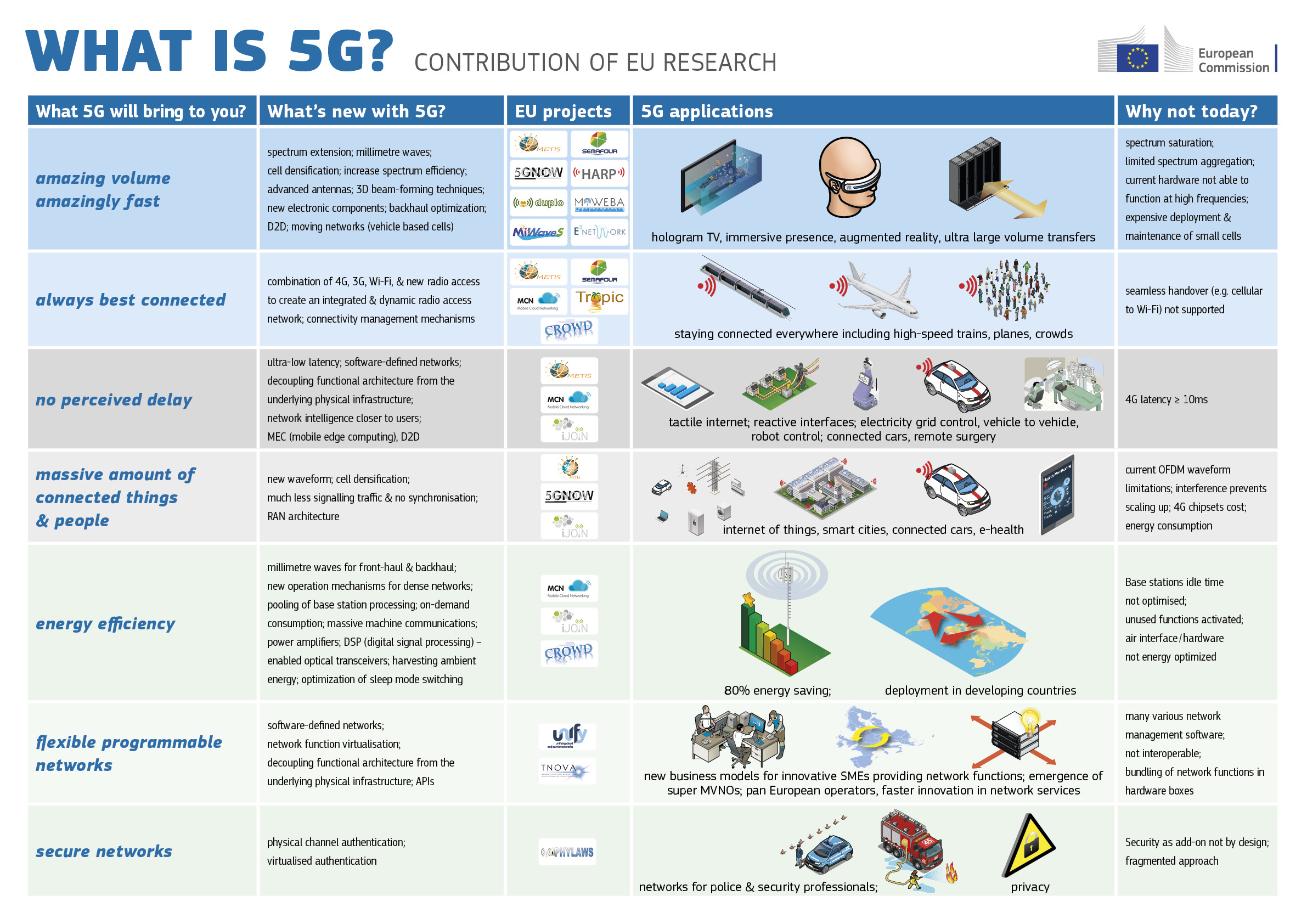Nearly two years after the award of the Rifleman Radio contract, I made an appeal for new thinking by both the defense acquisition corps and the defense industry that now bears repeating.
Twenty-two months ago, the need for the Rifleman Radio was obvious as it is today. It provides infantry units with a relatively small and lower cost software-defined radio capable of transmitting v oice and data, such as maps, images and texts. The technology that defines this workhorse tactical radio was continuing to mature, resulting in todays Rifleman Radio being far more reliable and capable than the LRIP-ordered radios from even three years ago.
This maturation process was being driven by ongoing investments in radio technology made by the defense industry, including Thales and Harris Corporation, the two companies selected by the Army to build the Rifleman Radio.
At that time, I noted that success in the Defense Department's new Non-Developmental Items or NDI strategy for the Armys HMS program would require three things:
- People. Bringing the right people together from three key groups for meaningful engagement: those defining the capabilities; those acquiring the capability for the government and industry; and those who have to deliver the capability to the Warfighter.
- Dialogue. Creat ing ethical opportunities for face-to-face discussions with industry (not RFI dialogues) about the state of technology innovation and what is feasible to provide in a reasonable time and at a reasonable price.
- Strategy. Building a shared understanding that this new NDI marketplace for tactical radios that requires industry to invest their own money to develop products will be one that delivers greater and greater capabilities over time, in other words, iteratively.
Where are we now?
The Army is currently working to develop requirements for a 2-channel variant of the Rifleman Radio, a significant step in the Riflemans continuing evolution. The fundamental 2-channel communications capability whether handheld or manpack variants represents the future of tactical communications.
Two-channel capabilities for the small-unit leader radio like the Rifleman will meet the Armys evolving tactical communi cations needs, with its ability to receive and transmit voice and data simultaneously, passing data to and from command to the unit.
The 2-channel Rifleman Radio will provide new capabilities without adding weight from extra radios and batteries. In short, it will provide the capability of two radios without burdening troops with lugging around two radios.
Viewed from a technical perspective, however, a 2-channel handheld radio represents an exponential leap in terms of complexity it bears no relationship to the notion of fusing two 1-channel radios together.
Even the 2-channel HMS Manpack represents a tremendous technological leap forward, though it came with fewer space, size, power and weight limitations than the much smaller handheld Rifleman undoubtedly will. In short, the 2-channel Rifleman Radio will be a tall mountain to climb.
The future Rifleman 2-channel
The 2-channel Rifleman is an achievable reality, however, and spea king for Harris, were already well on the way to delivering this capability. The U.S. Special Operations Command (SOF) Tactical Communications (STC) 2-channel handheld radio being developed by Harris for special operations forces is leading the way to this future.
The STC radios are able to operate in the harshest environments and are specially designed to meet rigorous requirements. The STCs are small, lightweight, multiband and multifunction, with multi-mission capability to enable SOF teams to communicate over multiple channels simultaneously.
The Harris STC will provide the ability to receive ISR full-motion video and signals-based threat information. These handheld radios also will have built-in backward interoperability to communicate over legacy networks, and will be upgradable to integrate new capabilities as requirements evolve.
Although the Armys requirements are still coming together, the 2-channel Rifleman most likely will trade fewer features for le ss cost. That said, there are many technical attributes related to the 2-channel capability that are likely to be applied from the Harris STC to the next iteration of the Rifleman.
The important takeaway here is that the Armys continued commitment to evolving tactical communications has led industry to sustain its investment in advancing capabilities and that formula has brought the 2-channel handheld much closer to reality.
Whether it is the STC or 2-channel Rifleman, the coming wave of new communication capabilities are the result of persistent innovations in myriad radio components: chip design, software, battery life, power consumption and antennas, to name a few.
As Ipointed out in January 2015, the development of the Rifleman Radio would represent just the firs t iteration in the Armys modernization of tactical radios a commitment that would deliver even more revolutionary capabilities over the next decade. But this will only happen if the Army maintains its end of the bargain by assuring industry that ongoing investments would be rewarded with purchases of the end products.
If BBP 1.0, 2.0 and 3.0 continue to be nurtured and take root, these radio technology capabilities will continue to evolve with each measured investment making possible continuing progress. Such an active NDI marketplace will ensure industry remains committed to R&D and the beneficiary of this healthy dynamic is the warfighter.
 < br>
< br>